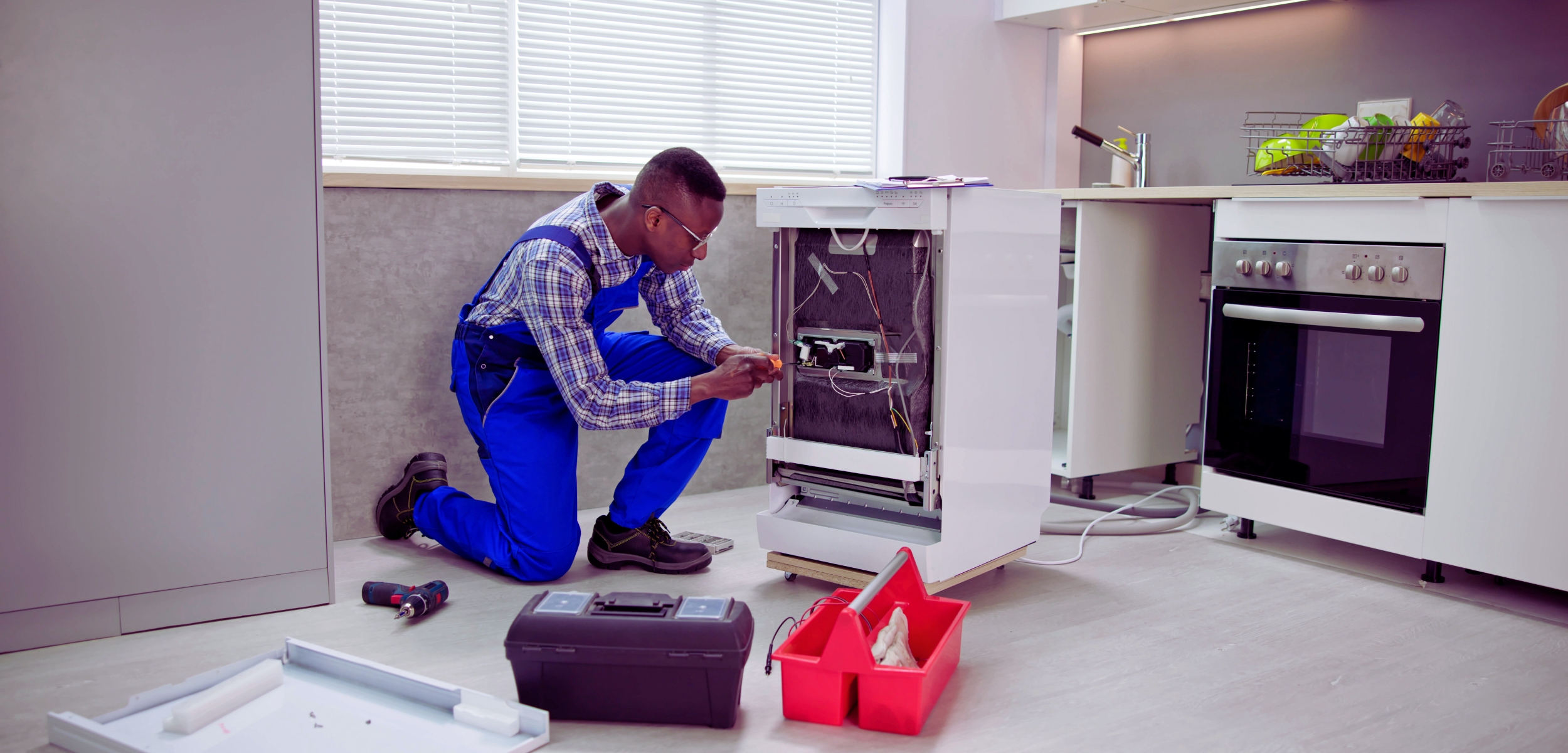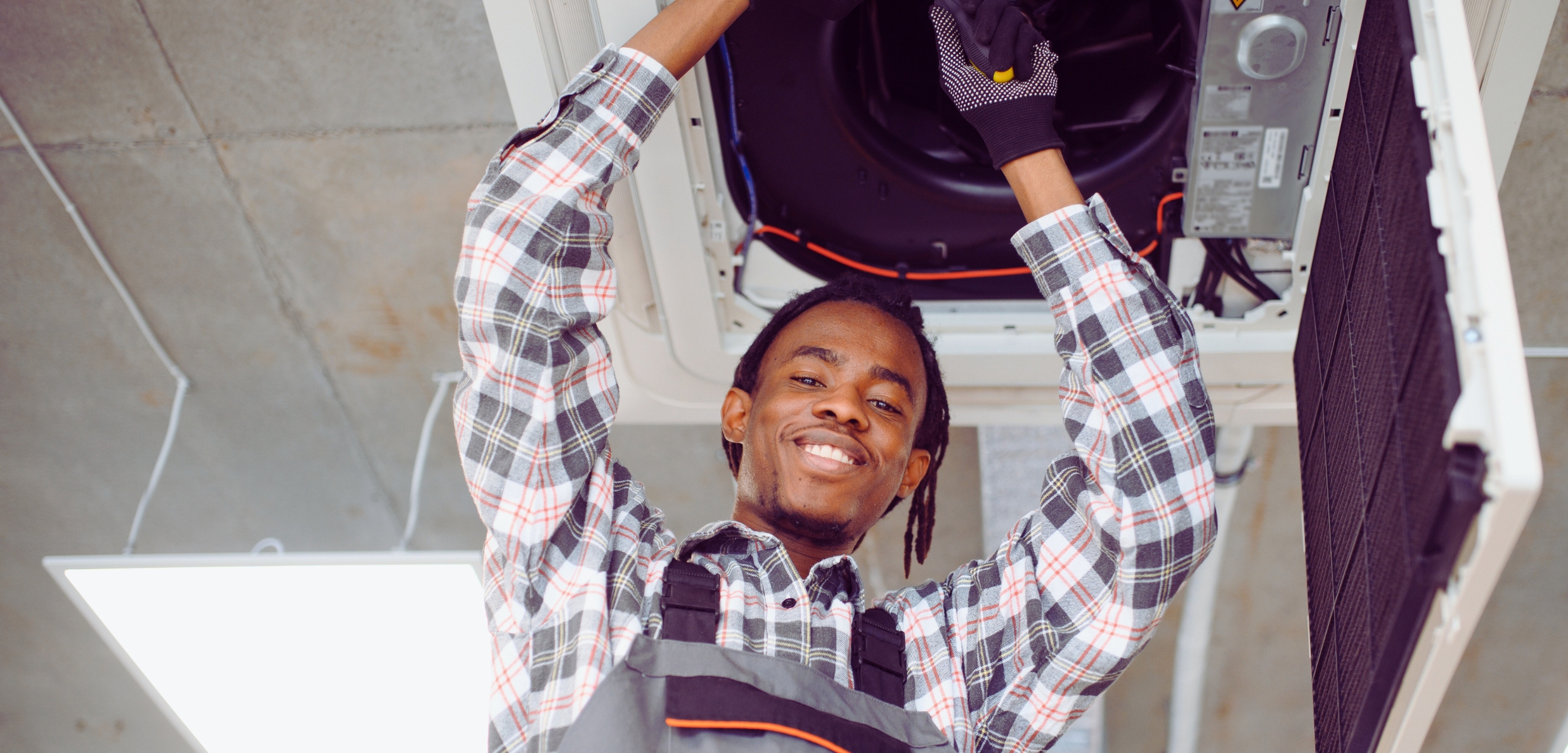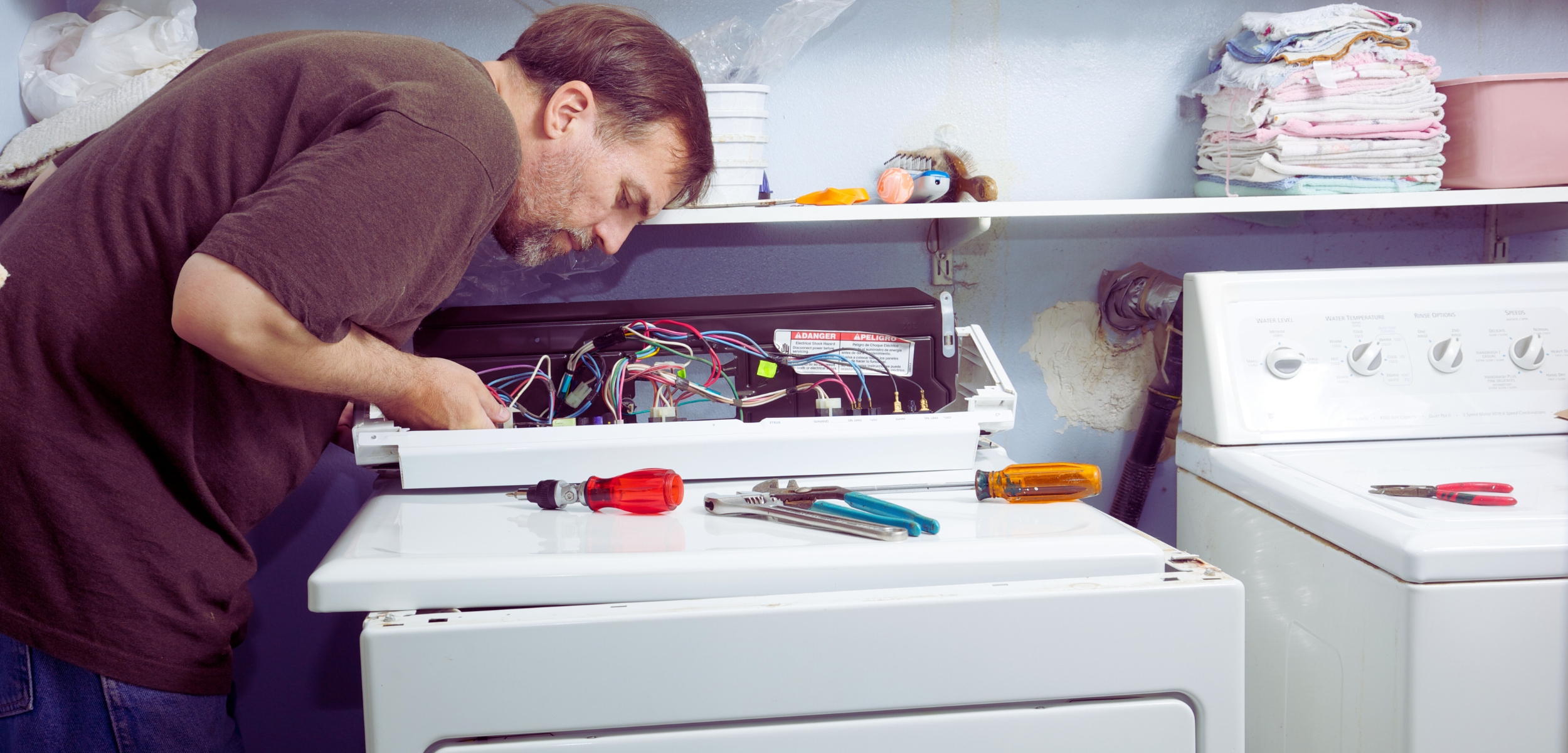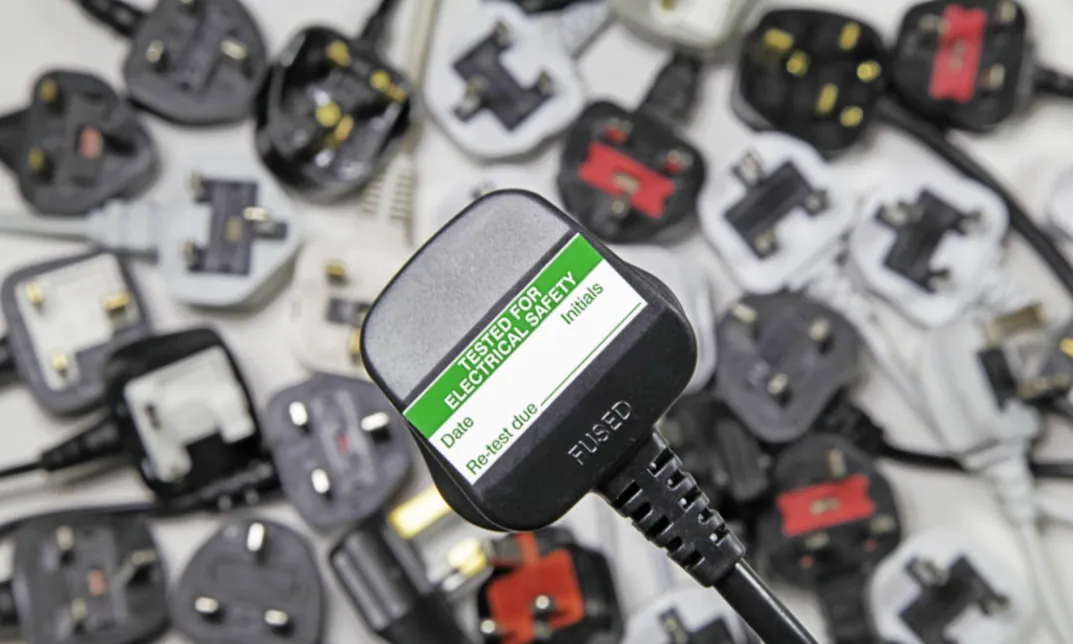Knowing how to do a PAT test is essential for keeping plug-in electrical equipment safe. PAT (Portable Appliance Testing) is a way to make sure plug-in electrical equipment is safe. The law in the UK, through the Electricity at Work Regulations 1989, doesn’t demand yearly testing. Instead, the law requires you to maintain equipment to prevent danger. The Health and Safety Executive (HSE) advises doing user checks, visual inspections, and testing only when necessary. This approach works for most workplaces and keeps costs and disruption low.
In 2023/24, England recorded 11,089 domestic electrical fires, which were 17.9% of all home fires. This shows why even simple checks are essential. Let’s break down PAT testing step by step so you can keep your workplace safe.
What Is a PAT Test?
A PAT test is basically a careful examination of electrical appliances to make sure they are totally safe to use. You always start with simple visual checks to look for obvious damage or wear and tear. If the risk assessment finds a hazard, test the appliance using a PAT machine. Besides, remember that not all workplace items require annual testing.
What Equipment Do You Need to Do a PAT Test?
To complete the testing part of a PAT check, you will need a few special items.
- A PAT Tester Machine: This device must be able to do several key checks automatically for you. These checks include earth continuity, insulation resistance, leakage/substitute leakage, and polarity tests.
- Adapters: You will need extra connectors for items like IEC leads, extension cables, or RCDs (Residual Current Devices).
- Labels: These stickers are optional but very useful for showing the pass or fail status and the next test date.
- Recording Method: Use an app, logbook, or spreadsheet to easily keep track of your results.
Do You Need Training to Carry Out a PAT Test?

Yes, a trained and competent person should always do the testing. They must know how to use the equipment properly and correctly interpret the test results. However, simple, quick visual user checks can be done by any trained member of staff in the workplace. You don’t need to be a qualified electrician to do most formal inspections and tests.
How Do You Visually Check an Appliance Before Testing?
The visual inspection is often the most important part because it finds most faults.
- Always Unplug First: You must always completely unplug the appliance from the power socket before you touch it.
- Inspect the Plug: Check the plug’s casing and look for any heat damage, cracks, or loose parts.
- Check the Fuse: Make sure that the appliance has the correct fuse of the right size fitted inside the plug.
- Examine the Cord Grip: Make sure the cord grip holds the cable firmly and stops it from slipping.
- Inspect the Cable Sheath: Look over the cable to spot cuts, scuffs, or exposed wiring.
- Check the Casing: Inspect the appliance body for any damage, like broken parts or overheating.
If you find any serious damage, you must remove the appliance from service immediately and label it as unsafe. For a full, step-by-step guide on how to do a PAT test safely and confidently, check out “How to Do PAT Testing: A Comprehensive Blog” It’s packed with tips, examples, and best practices to keep your workplace safe.
How to Do a PAT Test Using a PAT Testing Machine?
Using the machine starts with identifying the appliance’s electrical class.
Identify the Equipment Class
- Class I (Earthed): These have a metal case and use an earth wire for protection, like a toaster or kettle.
- Standard Class II (Double-Insulated): These have extra protective insulation and no earth wire, like a plastic hairdryer.
- Class III (SELV): These use a very low voltage and are considered the safest, like a laptop charger’s output lead.
Running the Correct Tests
For a Class I appliance, you must run an earth continuity test first to check the earth wire. Next, you run an insulation resistance test to check the protection around the wires. Finally, you may need a leakage or touch current test, followed by a simple functional check. For a Class II appliance, you simply run an insulation resistance test or an alternative leakage test. You should also complete a short functional check to ensure it turns on and works properly.
If you are testing extension leads or RCDs, you must add checks for polarity and a special RCD trip test. Follow the manufacturer’s directions and IET advice when testing.
What Are the Main Steps in a PAT Test?

Following these main steps will help you perform a complete and safe PAT test.
Survey and risk assess the area
First, look around your workspace. Make a list of all the plug-in appliances you will check. Think about where they are used and if anything could make them unsafe, like water, heat, or heavy use. This helps you plan the testing properly.
Unplug and visually inspect each appliance
Next, take each appliance out of use and check it carefully. Look at the plug, cord, and casing for damage, cuts, or signs of overheating. If something looks unsafe, remove it straight away. Visual checks catch most problems before you even start testing.
Select the correct test sequence
Then, decide which tests each appliance needs. Different appliances have different classes (like Class I earthed or Class II double-insulated) and types of leads. Choosing the right tests keeps the process safe and accurate.
Run the electrical tests
Now, use your PAT testing machine to check each appliance according to the sequence you planned. Measure earth continuity, insulation resistance, leakage, or polarity as needed. Always follow the instructions and test only what is necessary based on your risk assessment.
Carry out a functional check
After testing, switch the appliance on to make sure it works correctly. A functional check ensures it’s safe to use and operating as it should.
Label and record results
At the end, record your checks in a logbook, spreadsheet, or app. Label items that pass, and immediately take out any that fail. Maintaining clear records keeps your workplace safe and organised.
How Do You Record PAT Test Results?

You don’t have to keep records by law, but it’s best practice for safety. Therefore, you should log important details for every appliance you check.
- Asset ID: Give each item a unique number for easy tracking.
- Description and Location: Write down what the item is and where it is normally used in the building.
- Class: Note down whether it is Class I, Class II, or Class III equipment.
- Tests and Values: Record exactly which tests you ran and the actual electrical values that the machine measured.
- Result: Clearly record a final pass or a fail status.
- Tester and Date: Include the name of the person who did the test and the date it was completed.
- Next Review Date: Write down the date the appliance is next due for checking.
- Remedial Action: Note any repairs or actions taken, such as simply changing a plug or fuse.
How Often Should PAT Testing Be Done?
There is no fixed legal interval that says exactly how often testing must be done. So, testing frequency should be set according to a risk assessment.
- Type of Kit: A large, sturdy photocopier is different from a small, easily damaged handheld drill.
- Use and Movement: Equipment that is moved a lot, like a vacuum cleaner, needs more checks than a desk lamp.
- Environment: Check and test appliances frequently in harsh environments like workshops or kitchens.
A low-risk office computer may only need infrequent formal testing, combined with periodic visual checks by the staff. But inspect and test equipment more often in workshops, building sites, or busy kitchens.
What Appliances Need PAT Testing?
PAT testing covers all portable, movable, or handheld plug-in electrical equipment used at work. This also includes IT equipment, kitchen appliances, and all types of extension leads. Remember that brand-new items are generally safe when they arrive and usually do not need electrical testing straight away. So, always inspect new equipment quickly before first use.
Final Thoughts
To conclude, keep PAT testing simple and well-documented. Next, train staff to check appliances and carry out visual inspections. Only test when the risk makes it necessary. Furthermore, remove any defective items and rely on trained personnel. This approach keeps the PAT system safe and compliant.
Ready to become a PAT testing expert? Step Up Your Safety Skills – Join Our PAT Testing Course!
PAT Testing FAQs
How is PAT testing done?
– By checking the item visually first, then using a PAT tester to run safety checks, and recording the results.
Can I do my own PAT tests?
– Yes, if you’ve had proper PAT testing training. You don’t need to be an electrician.
How do I get a PAT test?
– Hire a qualified tester or learn to do it yourself through an online PAT testing course.
How do I prepare for a PAT test?
– Unplug the item, clear the area, and make sure the equipment is clean and easy to access.
Can I PAT test with a multimeter?
– No. A multimeter can’t run the full safety checks needed. You need a PAT tester.
What are the steps in the testing process?
– Visual check, plug and cable check, PAT tester checks, pass/fail, then label and record.
Can any electrician do PAT testing?
– Most can, but they still need the right equipment and understanding of the PAT testing process.
What is the full form of PAT?
– Portable Appliance Testing.




